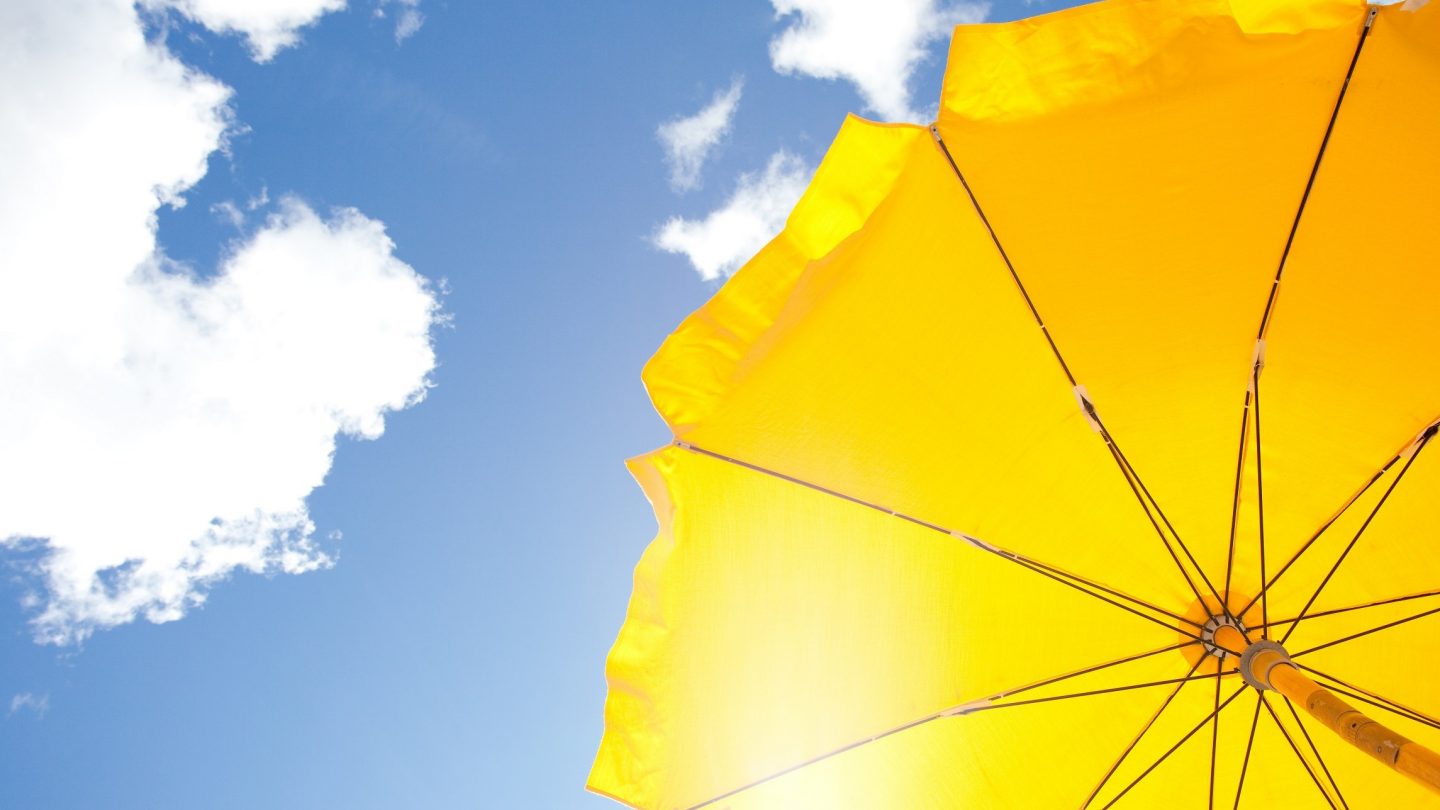The PuroClean Blog
How to Stay Safe from UV Radiation

We all know staying in the sun too much can be dangerous. Ultraviolet (UV) light, a component of sunlight, is the source of sun exposure risks, such as heatstroke and skin cancer. The best way to avoid UV radiation from sunlight is to simply stay in the shade. But, as we can’t always avoid sunlight (and we shouldn’t), here are key tips to stay safe from UV rays.
Staying in the shade
- It’s important to stay in the shade during day hours (between 10 am and 4 pm) when the UV light is strongest.
- It’s also essential to stay safe from UV rays all year round, even in winter. Snow reflects sunlight, increasing the amount of UV radiation someone gets.
- UV rays passing through windows are also dangerous. However, you have to spend a lot of time close to a window through which light passes to get UV radiation.
- UV light intensifies at the beach since water and sand reflect sunlight. It’s possible to get a burn below the surface of the water, too!
- When going outdoors, the UV Index should be checked.
Wearing protective clothing
- The skin should be covered with tightly-woven clothing that blocks out light. Long-sleeved shirts, long pants or long skirts of dark color are the most protective. Clothing should be kept dry for better protection.
- UV rays can easily get through loose fabric, thus wearing something more tightly knit is recommended.
- Wearing sun-protective clothes, which guard against UV exposure even when wet, is best. These clothes have a label listing the UV protection factor (UPF) value.
- A laundry aid product that increases the UPF value of clothes can be used.
Wearing a hat
- A good hat should protect not only your scalp, but also your forehead, ears, eyes, nose, and neck. The best hat is wide-brimmed with a dark, non-reflective underside to the brim to deflect reflective surfaces.
- When a good hat is not available, a large handkerchief or bandana under a baseball cap can do the trick. It should provide enough protection for the ears and neck.
- Wearing straw hats is not recommended — they are not as protective as hats made of tightly woven fabric.
Wearing UV-rated sunglasses
- The best UV-rated shades block 99 to 100 percent of UV radiation., which should have a label that says “UV 400” or “Meets ANSI UV Requirements”.
- UV protection is an invisible chemical applied to the lenses. Darker glasses are not protective unless they have a UV label.
- Children should wear smaller UV-rated sunglasses, not toy sunglasses.
- Some contact lenses block most UV rays, but they don’t provide enough eye protection. Thus, UV-rated shades should be used with them.
Putting on sunscreen
- Sunscreen does not block all UV rays and shouldn’t be the main option to guard against sunlight. However, sunscreen does add another layer of protection against UV radiation.
- A sunscreen with a sun protection factor (SPF) of 50 is best. These block 98 percent of UV rays.
- Sunscreens can be lotions, creams, ointments, gels, sprays, wipes, lip balms, and even lipsticks.
Indoor tanning is not a good idea
- Contrary to popular belief, tanning beds are not harmless. They have been linked to long-term skin damage and skin cancer like melanoma.
- Younger users (under 30 years old) are more vulnerable to UV rays emitted by tanning beds.
- The most harmless way to get a tan is to use a sunless tanning lotion. Tanning pills and other tanning products are also available.
Despite the dangers of UV rays, sunlight should not be avoided altogether. Regular but short-term sun exposure does have its benefits: vitamin D production in the skin and improving your mental health, to name a few.
June 26, 2019

